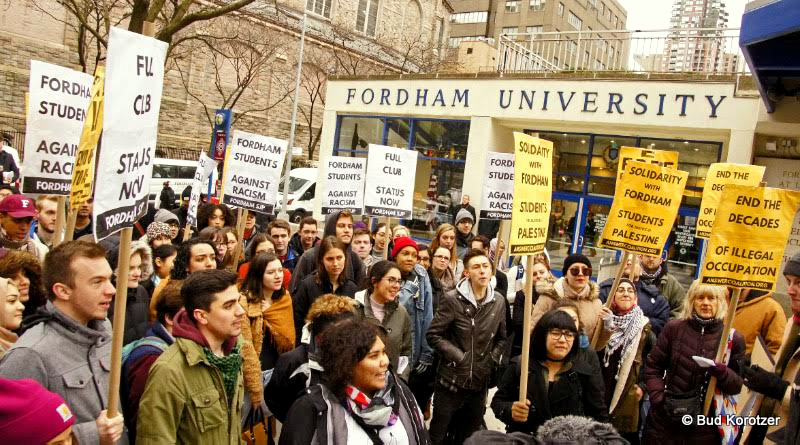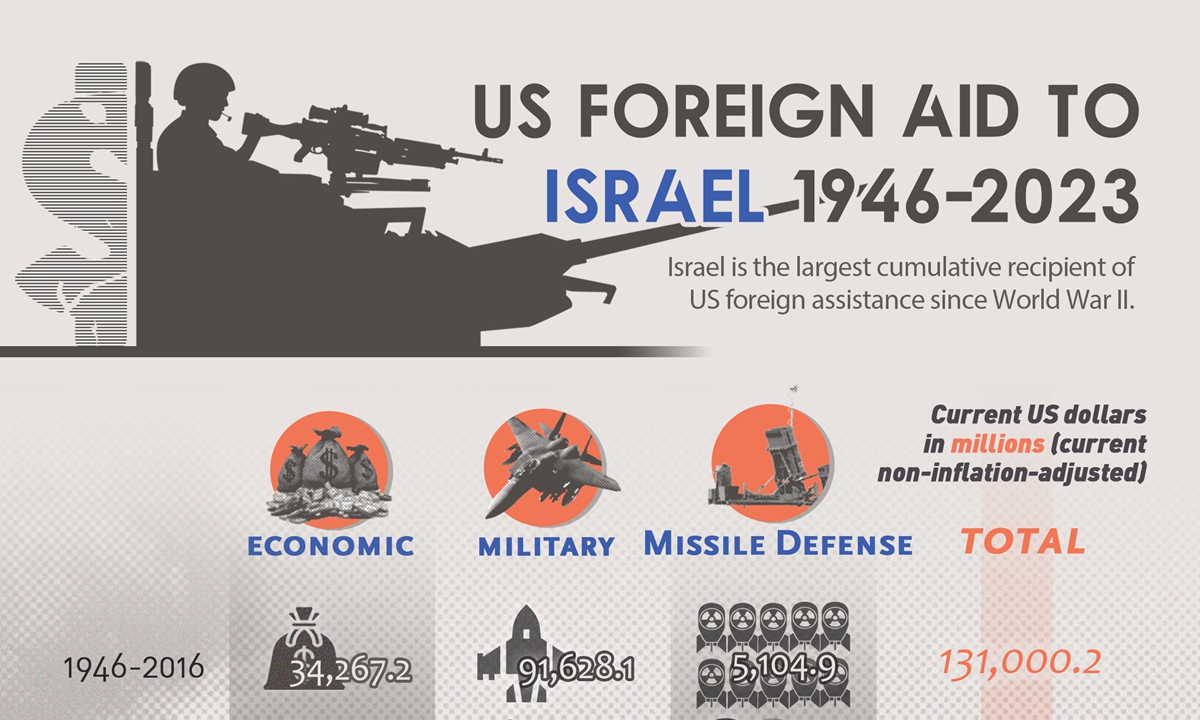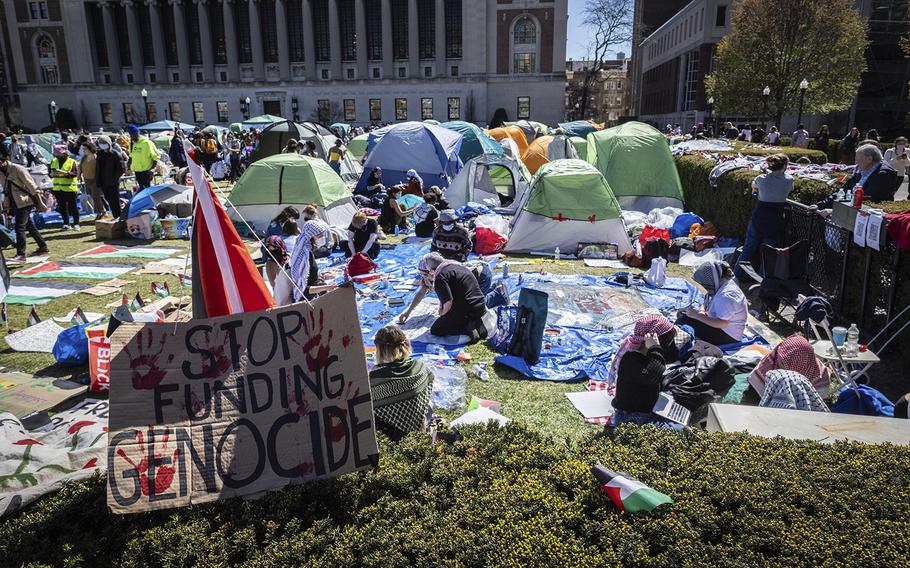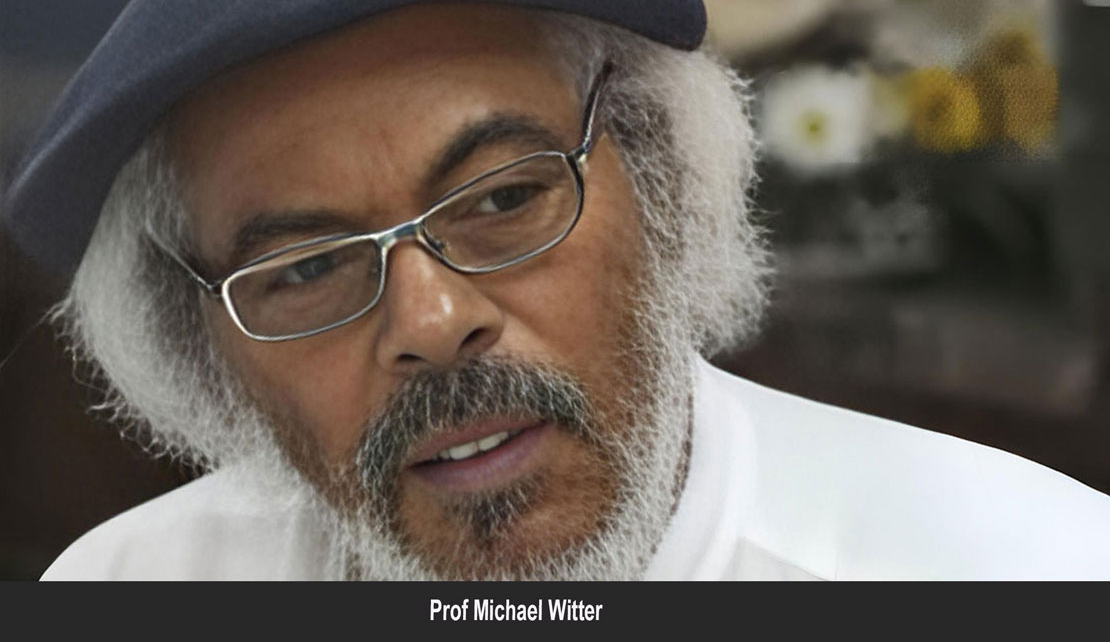KINGSTON, Jamaica May 2, 2024 - The picture of the students gathered on the mall in front of Memorial Library at the University of Wisconsin in Madison, concretized for me the similarities of the current demonstrations against the genocide in Gaza with the demonstrations on college campuses against the war in Vietnam in the late 60s and early 70s in which I participated.
Today’s demonstrators are of the generation of grandchildren, some of whose parents were not even born when their grandparents massed to protest the USA’s campaign against the Vietnamese resistance.
Students today are demonstrating their public support for the people of Gaza specifically, and more generally the Palestinians. They are critical of Israel’s role as an occupying force that has waged a campaign of oppression for 75 years against the Palestinians, expropriated their lands, and are now waging a genocidal war in which 70% of the Palestinian victims are estimated to be women and children.

Today’s students see very clearly the colonial occupation that is being maintained by an apartheid system that is expanding and accelerating the expulsion of Palestinians, mainly with the support of the USA.
Several of them compare their expulsion from their encampments on their universities by similar forces using similar methods to the experiences of the citizens of Gaza.
At the same time, USA students are learning about the complicity of their own government in maintaining the system of oppression just as the generations of their grandparents and parents learned about their government’s complicity with the apartheid system in South Africa.
The military-industrial complex identified in the 1950s by President Eisenhower that consolidated itself in the Vietnam war and subsequent wars since then, is once again in focus. The Israeli army conducts its campaigns with USA made and supplied weapons.
The Council on Foreign Affairs estimated that since its founding, Israel has received about $158 billion in military aid, that during the current campaign against Gaza the US has transferred hundreds of weapons and other military equipment, and that the Biden administration included a further $18 billion in the $95 billion package of military aid recently approved by the congress. It is arguable that the recent decision to give billions of dollars more to Israel has been one of the triggers of the current upsurge of protest.

Demonstrators are said to be “terrorists” and even “communists”. Slogans condemning genocide and denouncing the state of Israel for waging the military campaign against unarmed innocents and the USA government for arming the Israeli Army are deliberately misconstrued as anti-semitism.
Whereas hundreds of students are in silent protest, the mainstream media spotlights fringe elements who engage in disruptive behaviour and/or confrontations with anti-protestors. When it suits the media, the university authorities, and the respective local governments, the students are cast as naïve innocents being manipulated by outside agitators.
In an extreme case at UCLA, the student encampment received no protection from the authorities against violent assaults by Zionist sympathizers.
Now as then, the demonstrations spread rapidly from campus to campus. Then, students had ordinary telephones and wireless radio.
Today, social media affords more complete audio and visual communication to support national and international mobilization, and especially to counter the narrative of the authorities.
But the new technologies have also strengthened the police forces who are better able to anticipate popular actions, neutralize potential organizers, and to enhance the power and accuracy of their own messaging.
Now as then, the university authorities, with few exceptions, have responded with significant repression rather than patience and negotiation.
While the leadership of the police praise the restraint of their troops in their staged press conferences, images circulating on social media clearly suggest police violence even against compliant students.

Students are no more armed today, whereas the technology of violence has increased many folds.
Today’s public universities, like the government, are much more subservient to donors. University authorities risk losing funds for actions that are disapproved by donors.
Donors who support Israel are apparently particularly influential in the governance of universities and certainly in the ownership of the mainstream media. Despite the genocidal war it is waging, Israel maintains the strong support of very powerful financiers.
Its supporters accuse its critics of anti-semitism which seems to be a more heinous crime than racism against Black people who still suffer discrimination rooted in slavery and against Native Americans whose genocide is yet to be acknowledged.
In the past, as today, the authorities searched for a central conspiracy that is leading gullible students astray. In the past, students in their groups and as individuals tended to give varying degrees of support to the organizing group that campaigned deliberately for the set of objectives they articulated.
As the demonstrations progressed, leadership tended to consolidate around the original organizers even as members of that group left for one reason – generally, ideological – or another.
Even so, the demonstrators were never a monolithic group, and law enforcement employed strategies to split off groups and even turn them against the organizers. I imagine some of this is going on today as well.
In the past, a cynical view of the student leader was that s/he was sent to the authorities to make demands and returned to say why they could not be met.
Nevertheless, student actions did contribute to the successes of the civil rights movement, to ending the USA involvement in the Vietnam war and its various extensions in Indo-China, and to the abolition of apartheid in South Africa.
While the end of the current Israeli invasion of Gaza and more generally its occupation of Palestine is not in sight, the student demonstrations may yet contribute to the withdrawal of USA military support.
Gen Z made a cameo appearance in the demonstrations of anger against the murder of George Floyd, but the current demonstrations seem to indicate a greater political maturity.
Gen Z tipped the scales for Biden against Trump four years ago. They are most displeased with Biden’s continuing support for Israel’s current campaign of violence.
Two generations ago, Democrats paid the ultimate political price for their support of the military intervention in Vietnam. Nixon and the Republicans came to power in 1968 and even escalated the war.
Could this happen again in 2024, despite the legal problems that Trump is facing with his reputation of saying and doing anything he damn well pleases with no consequences?
The outpouring of support for the people of Palestine, and their counterparts in Europe and other parts of the world who have joined them with solidarity actions of their own, may be a hopeful sign of the awareness of Gen Z.
The USA student demonstrations against their country’s prosecution of the war in Vietnam were motivated in part by the price in life and limb that young people were paying when they were drafted into the army and sent into combat.
The campaign against the genocide in Gaza may be speaking to a greater expression of concern for humanity in a consciousness that has been stimulated by the global mobilization in defense of the environment.
That front of human struggle cuts across all national and ethnic borders and may be contributing to the empathy for people about whom they know little beyond the broadcast of blatant injustices of oppression, persecution, and wanton massacre.
Perhaps, this is what we saw when they protested the deliberate public murder of George Floyd a few generations after their forbears had watch parties to celebrate the lynching of Black people. May this awakening be as contagious globally as the recent pandemic.
-30-

